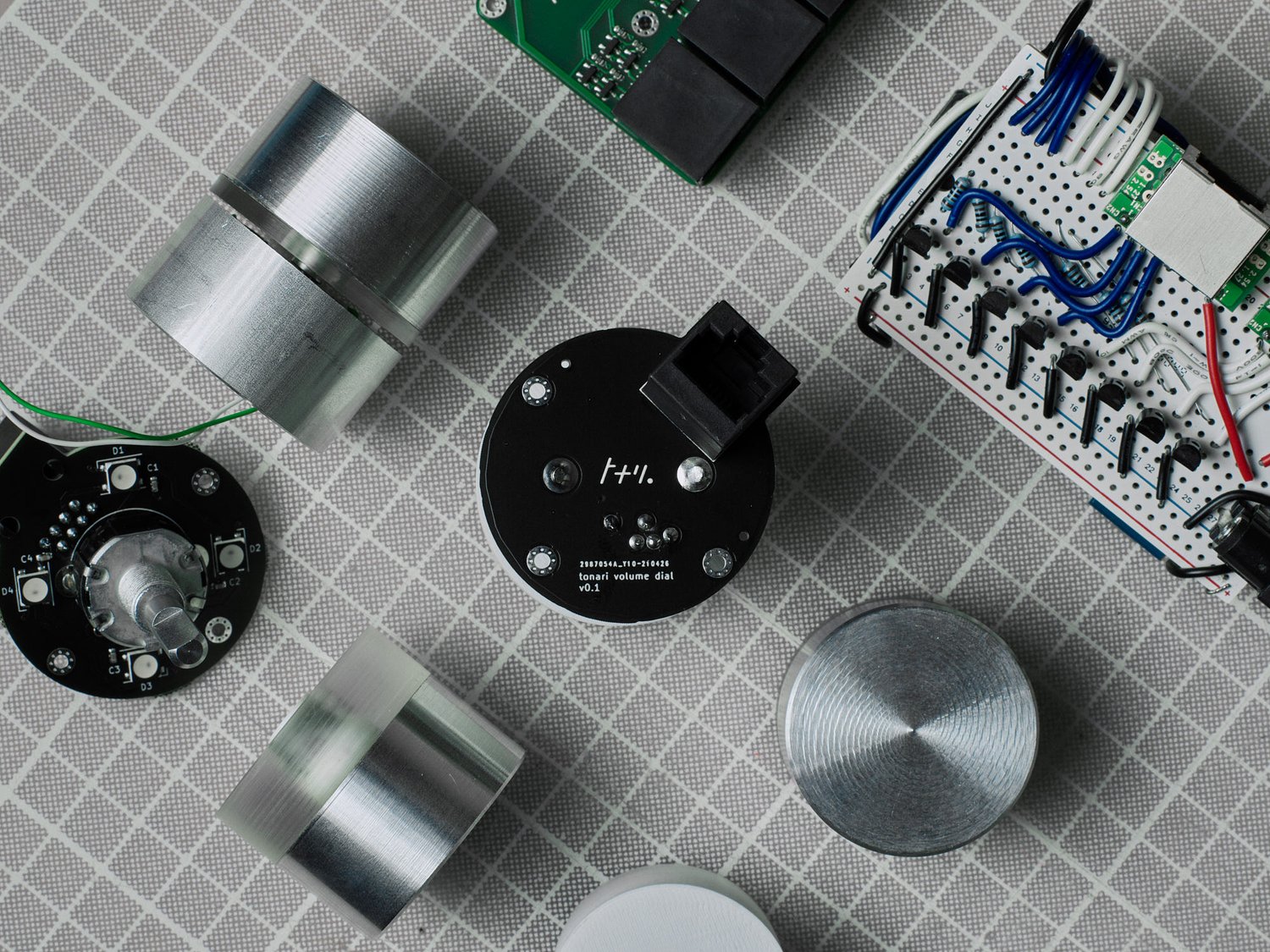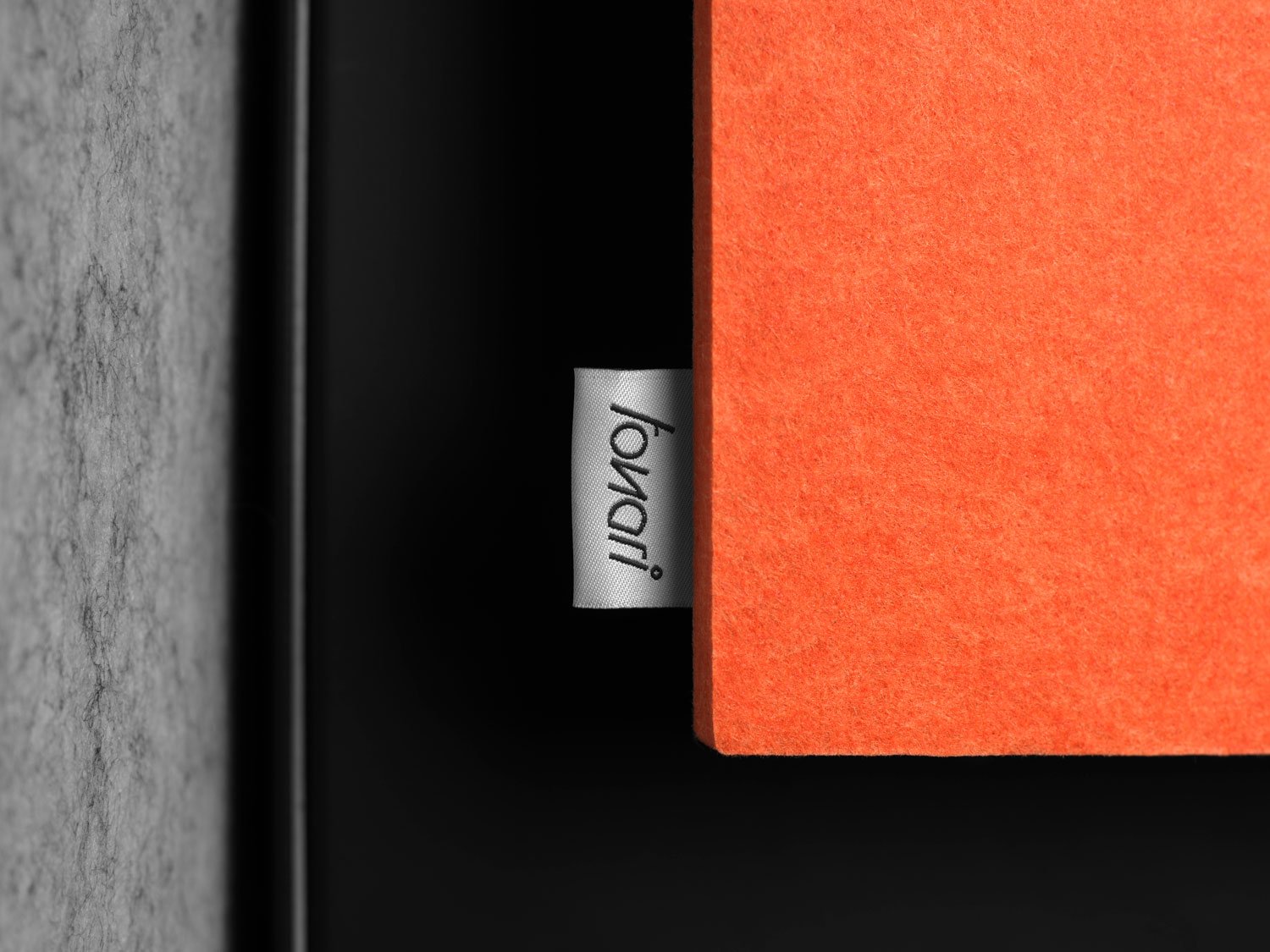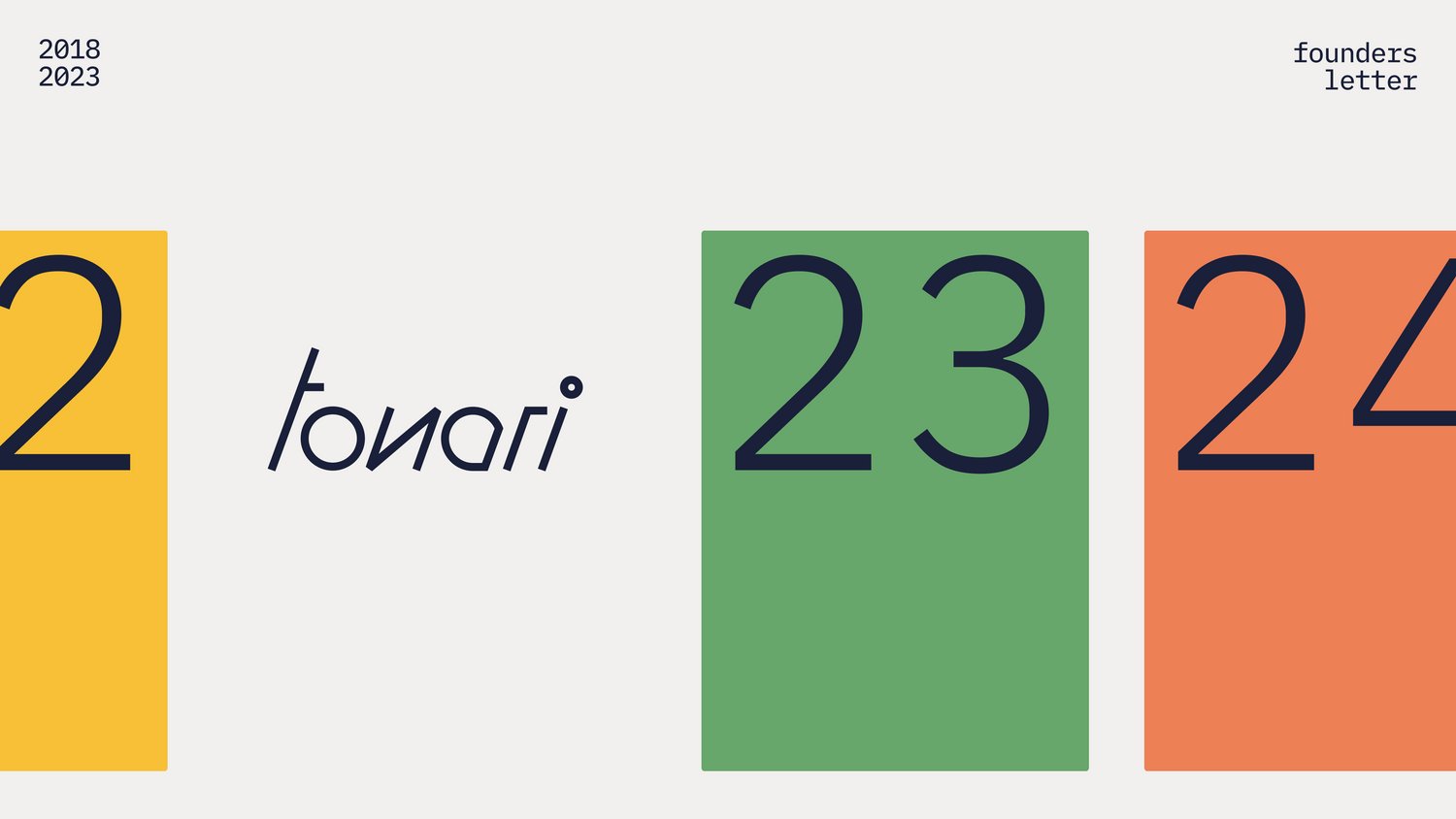Hello again. 🌅
Two years have passed since our last founders’ letter, and we’re happy to report we’ve made a lot of progress with tonari since that time. We’ve seen a big increase in the number of institutions using tonari portals, as well as the diversity of uses: a game company collaborating between cities, a university connecting students across separate campuses, and international collaboration between a small-scale Japanese factory and Singaporean startups. Our clients tell us that tonari helps their teams in separate locations feel closer and be more creative — something we’ve also noticed when using tonari every day at our own offices. Meanwhile, we’ve grown to a team of 22 across seven locations, four of which are connected through tonari.
Most of this happened through the pandemic — a period which added a new urgency to our mission of removing distance as a barrier between people. As everyone became secluded in their homes, companies and educational institutions were forced to take flexible remote work options more seriously. Today even the most conservative companies have integrated video chat and other collaborative tools into their workflows. This has caused a positive mindset shift, but we’re still far from the ultimate solution. The curse of distance still gets in the way of our lives and careers.

The curse of distance
Distance has always vexed humans. Before trains, cars, and planes, “leaving home” required a nearly permanent separation from your old life. The benefits of venturing out for new opportunities always came with major sacrifices of losing touch with family and friends.
Today it’s easy and cheap to meander into obscure corners of the map. But the sense of convenience blinds us to travel’s inherent costs — both in terms of money and in negative effects on the natural environment. There are also inherent inequalities. Teenagers are always more mobile than the elderly, and the rich can easily jet away when disaster strikes.
The result is that we’ve brought ourselves to a strange middle-point, where we’ve achieved better global mobility without really solving the fundamental struggle with distance and isolation.
tonari’s mission
Technology is always an extension of ourselves, which means it also contains a potential to bring us closer together. In 2018, we conceived of tonari to foster more genuine human connections across vast distances. By installing full-sized, always-on video screens in two spaces, people on each side could feel like they’re really together. If we had a world where these systems were in every home, school, and workplace, we could enjoy freedom of movement while reducing the sacrifices on our personal relationships.
What underlies our mission is a belief that genuine human connection improves our lives in meaningful ways. Connection is magical. Grabbing coffee or a drink with a friend is energizing and inspiring. This is not always the case when “meeting” through technology. Gadgets and apps can be exhausting to use — and often leave us with FOMO for the real thing.
We have all felt this with video calls, and Stanford researchers even coined a term for it: “Zoom fatigue.” No doubt, the ubiquity of smartphones and laptops have made video calls extremely convenient, especially as the pandemic ushered in a broader culture of “remote” and “flexible” work. But this experience — where we squint into tiny windows to speak with disembodied heads — is no different from when Skype launched twenty years ago, and cannot be the final form. We deserve better. Sitting still in the same place is surprisingly exhausting, and technical glitches, lag, and low fidelity further wear us out.
Meanwhile, we’ve at least avoided (for now) the forced march into the gimmicky “metaverse” as the solution to co-presence. Maybe the current generation of goofy goggles and third-rate-Pixar-wannabe avatars make it seem laughably implausible. But if the powers-that-be want to build “The Matrix” (which we all remember was a dystopian society, right?), we might want to ask ourselves: considering the impacts of the last ten years of social media on global mental health, should we place any hope into new technologies and experiences that further divide us from the beauty of the people and physical world around us?
If tonari is to take inspiration from science fiction, it will be the Holodeck from Star Trek (physically simulated experiences) or the Farcaster from Hyperion (instantaneous teleportation). The way to foster genuine connections is not to shrink humans and human experience down to fit the technology, but to scale the technology and experience up to human size.
The tonari difference
Our goal is to create technology that is human-centered and enhances our social relationships. This principle guides us towards a few core values in building our portals:
- Invisibility: The technology/the device should be as nonintrusive as possible. It should just be. With tonari, you walk into a space and interact normally with the other people across the screen without pressing buttons or adjusting settings.
- Naturalness: We place the camera in the middle of the screen because we want people to look at each other eye-to-eye and be their real size. The idea is to talk like you were really there, with all the comfort and body language that comes with relaxed conversation.
- Closeness and serendipity: With the portals always on, tonari brings people together in a casual, unintentional way — even in times when no one is talking. This feeling of closeness gives birth to the serendipitous events and creative ideas that make our days more interesting.
- Quality and craft: Making technology where the technology gets out of the way requires precise engineering, tightly coupled software and hardware, and great attention to detail. Natural conversation is only possible when the technical performance nears the limits of human perception. tonari is able to transmit lossless audio and 3K 60fps video with sub-100ms glass-to-glass latency, making it three to five times faster and higher fidelity than any other video communication system.
Our five-year vision
We could help overcome the curse of distance by setting up a tonari in every space on Earth. Imagine a world where a tonari portal is as common as a living room television. Wherever we go, we’d be able to maintain genuine human connections with loved ones and colleagues.
After three years of supporting various users and refining our product, we can now see clearly what’s needed to achieve this goal.
By next year, we want tonari to be well adopted among the most forward-thinking institutions. We imagine also expanding to new uses like creative studios collaborating over international borders and doctors in research hospitals consulting with smaller clinics.
Within three years, tonari will be a common part of the offices of major enterprises and fast-growing startups. Employees will expect to connect with their colleagues in remote locations daily and casually through tonari rather than just private video chats. Companies will be able to build more flexible distributed workplaces while reducing stressful commutes and long-distance business travel, and without sacrificing connection and oneness.
Within five years, tonari will become an option for sophisticated consumers to install in their own homes, and within reach for small businesses almost anywhere in the world. Grandkids will wake up and say good morning to their aging grandparents across tonari as part of their daily routine.
Each stage of expansion will require us to achieve major reductions in costs while making steady progress on other technical improvements. We need more production and a larger ecosystem to achieve lower prices through economies of scale. This requires deeper partnerships with companies across the industry, whether manufacturers, enterprise resellers, or interior designers.
On the engineering side, we always strive to make the technology feel as real as possible. Our brains can easily tell the difference between reality and mediated experiences, and every improvement in quality and performance will make connections feel more genuine. We’re constantly working to reduce latency while improving visual and audio quality. The good news is that graphics processing, camera sensors, optics, and projectors will keep getting better. As generative AI models show promise in more fields, we also look forward to realtime speech enhancement that can improve audio clarity in the noisiest environments. And as internet connections become stronger and faster around the world, talking with someone across the ocean may someday feel like talking with someone across town.
What we won’t do is add more buttons and features where they’re not necessary. At the moment, tonari has no learning curve and no gimmicks, and we want to keep it that way. Users of tonari should forget about the technology as quickly as possible to simply focus on being present with the people around them.
tonari in 2023
When we launched the first tonari portal in 2020, we built each one like a bespoke object. Late nights were spent in the workshop, hand-soldering boards and machining dials with a lathe. This lean approach enabled us to continually improve the quality, stability, and user experience through each iteration.

Last year, we quietly opened our first factory on the outskirts of Tokyo. While the space is modest, it represented a significant change in our approach to design for manufacturing. As the product improved, many changes were invisible to our clients: enhancements in manufacturing precision, assembly, modularization, repairability, procurement, and supply chain, all resulting in reductions in cost. In truth, we were also building the foundations for something new.

In 2023, we’re now five years into our journey. To kick off the next five years, we’re planning a major launch that will expand the number of customers able to install tonari and the potential use cases of the technology — both important milestones towards true ubiquity. It’s going to be a very busy autumn and winter but we’re excited to get moving on this ambitious plan.
tonari has helped our team and clients to live and work in new ways — reducing distance as a barrier to career, education, and community — and we’ll continue working passionately to realize this vision and opportunity for everyone.
If you had tonari today, where would you connect?
— Taj Campbell and Ryo Kawaguchi

If you enjoyed this and want to learn more about tonari, please visit our website and follow our progress via our monthly newsletter. And if you have questions, ideas, or words of encouragement, please don't hesitate to reach out at hey@tonari.no. 👋
Find us 💙
Facebook: @heytonari Instagram: @heytonari X: @heytonari
